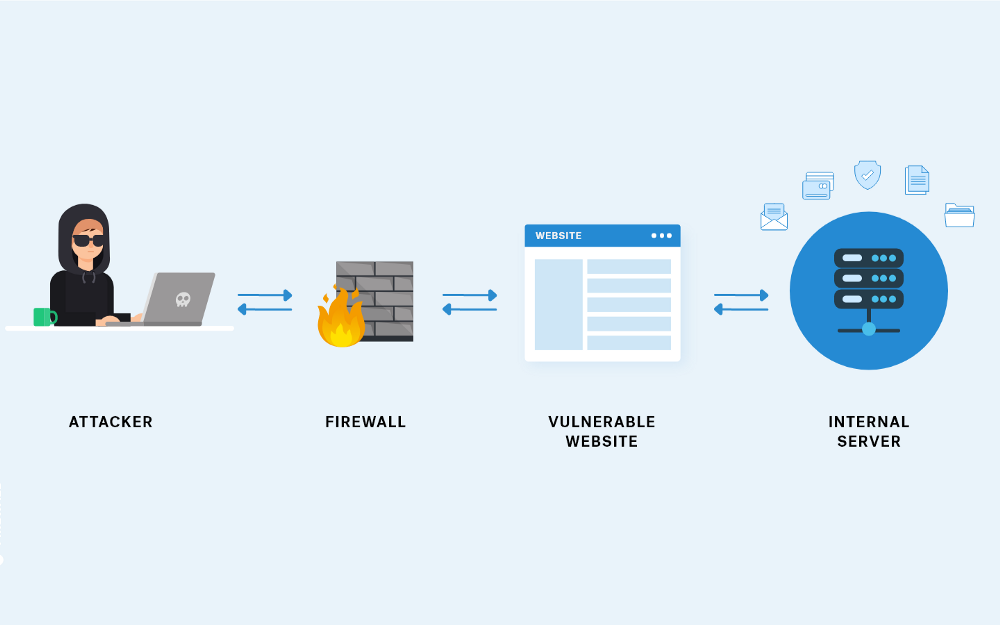What is SSTI?
Server-side template injection is a vulnerability where the attacker injects malicious input into a template to execute commands on the server-side. This vulnerability occurs when invalid user input is embedded into the template engine which can generally lead to remote code execution (RCE).
Template engines are designed to combine templates with a data model to produce result documents which helps populating dynamic data into web pages. Template engines can be used to display information about users, products etc. Some of the most popular template engines can be listed as the followings:
- PHP – Smarty, Twigs
- Java – Velocity, Freemaker
- Python – JINJA, Mako, Tornado
- JavaScript – Jade, Rage
- Ruby – Liquid
When input validation is not properly handled on the server side, a malicious server-side template injection payload can be executed on the server which can result in remote code execution.
How Does It Work?
For the sake of simplicity, imagine you're testing the parameter of the following request:
POST /some-endpoint HTTP/1.1
Host: vulnerable-website.com
parameter=value
To detect the vulnerability, use the polyglot payload as the value of the parameter which is a sequence of special characters such as the following:
POST /some-endpoint HTTP/1.1
Host: vulnerable-website.com
parameter=$
What's the Impact of SSTI?
The impact of server-side template injection vulnerabilities is generally critical, resulting in remote code execution by taking full control of the back-end server. Even without the code execution, the attacker may be able to read sensitive data on the server. There are also rare cases where an SSTI vulnerability is not critical, depending on the template engine.
How To Identify the Vulnerability?
To identify SSTI vulnerabilities, use a Polyglot payload composed of special characters commonly used in template expressions to fuzz the template.
${{<%[%'"}}%\.
In case of a vulnerability, an error message can be returned or the exception can be raised by the server. This can be used to identify the vulnerability and the template engine in use.
To identify the vulnerability, the following to-do list can be followed:
- Detect where the template injection exist
- Identify the template engine and validate the vulnerability
- Follow the manuals for the specific template engine
- Exploit the vulnerability
The following cheat sheet can be used to identify the template engine in use:
 Automated Tools
Automated Tools
Tplmap assists in the exploitation of Code Injection and Server-Side Template Injection vulnerabilities with several sandbox escape techniques to get access to the underlying operating system.
The tool and its test suite are developed to research the SSTI vulnerability class and to be used as offensive security tools during web application penetration tests.
For more information, please check the GitHub repository for the tool here.
Cheatsheet
%201%20of%2040a7f.png)
%202%20of%20439a5.png)
%203%20of%20475a7.png)
%204%20of%2043a9f.png)
Remediation
Remediations for the SSTI vulnerability depend on the different template engines in use. There are 2 common suggestions to remediate this vulnerability:
-
Sanitization: Sanitize user input before passing it into the templates to minimize vulnerabilities from any malicious.
-
Sandboxing: In case using risky characters is a business need, it is recommended to use a sandbox within a safe environment.
Interested in reading more? Explore common vulnerabilities in NodeJS applications.









